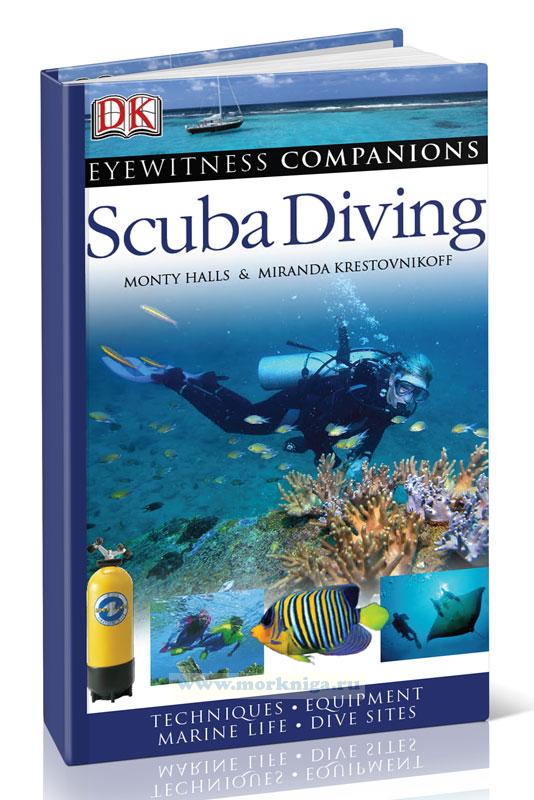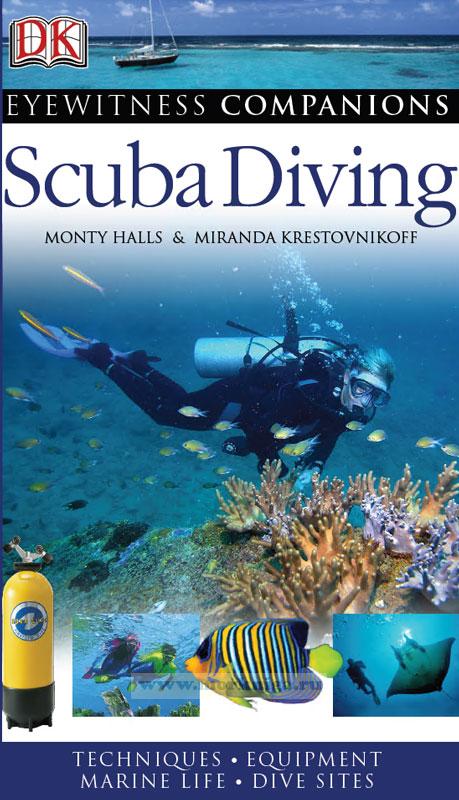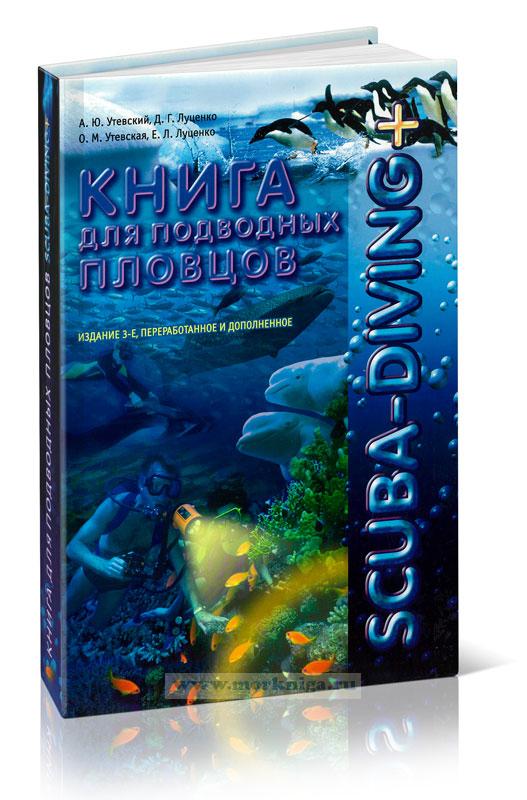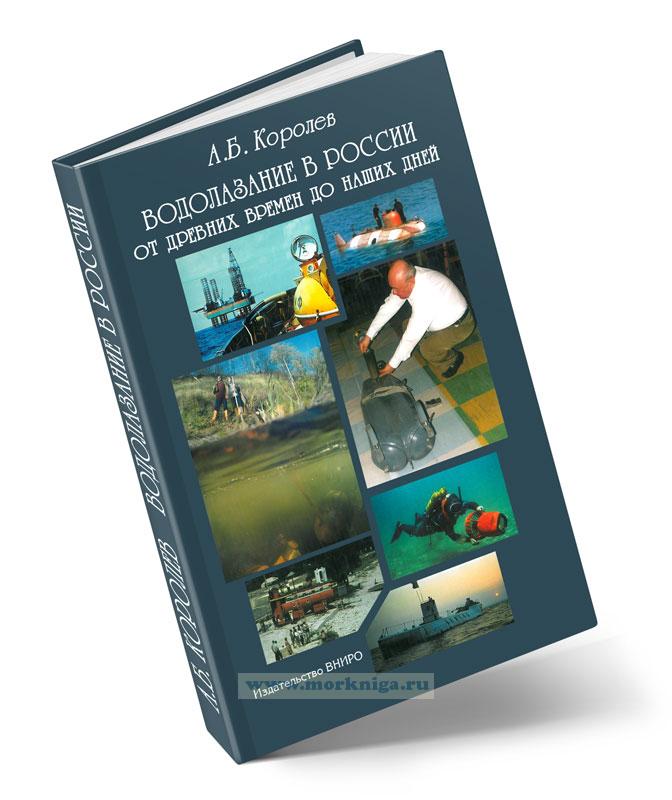Scuba Diving. Eyewitness companions/Подводное плавание с аквалангом. Спутники очевидцев
Издание на английском языке.
Since prehistoric times, people have been drawn to explore the incredible world that lies underwater, whether in pursuit of food or lost riches, or from sheer inquisitiveness. There is evidence, for example, that people were holding their breath and diving for shellfish by about 3,000 BCE (seep.22).
Despite this long relationship with the undersea world, the human body is not designed to remain underwater for prolonged periods of time. Only comparatively recently, with the development of rudimentary diving bells and helmets from the Middle Ages onward, did it become possible to stay submerged for longer than a single breath allows. During the 18th and 19th centuries, there were remarkable advances in diving technology, such as full diving suits supplied by air pumped from the surface. These advances, which were often spurred on by the lucrative rewards of salvage work, extended dive times and gave access to ever greater depths.
The invention of the Aqua Lung in the mid-20th century permitted divers to explore the depths of the world’s oceans freely for the first time. This truly remarkable apparatus enables people to take their own air supply with them when they dive, eliminating the need to be connected to the surface by an airline. The system that evolved from it - scuba - is today widely used in recreational and professional diving.
Contents
Introduction
Chapter One. History of diving
The story of diving’s evolution, describing the pioneering figures, scientific breakthroughs, and record descents that have helped to shape the modern sport
Chapter Two. Getting started
How and where to learn diving, including information on training agencies and clubs, advanced and specialized training, and what to expect from instruction
Chapter Three. Equipment
Information on essential items of diving gear, including what you need, how things work, and how to assemble and maintain your scuba equipment
Chapter Four. The diving environment
The physical principles that underpin the sport of diving, including perception underwater, decompression theory, and how currents and tides work
Chapter Five. Diving skills
Key diving techniques, procedures, and safety measures, featuring step-by-step instructions on how to master fundamental skills, and advice on fitness for divers
Chapter Six. Going diving
How to research, plan, and conduct independent dives, plus information and advice on popular diving activities and specialty pursuits
Chapter Seven. Underwater life
A natural history of the world’s marine and freshwater zones, with detailed information on key environments, animals, and natural processes
Chapter Eight. Places to dive
An illustrated directory of the world’s best dive destinations, including famous wrecks, marine life hot spots, and adventure dives
Useful Resources
Glossary
Index and Acknowledgments


 SCUBA-DIVING+. Книга для подводных пловцов
SCUBA-DIVING+. Книга для подводных пловцов  Водолазание в России от древних времен до наших дней
Водолазание в России от древних времен до наших дней